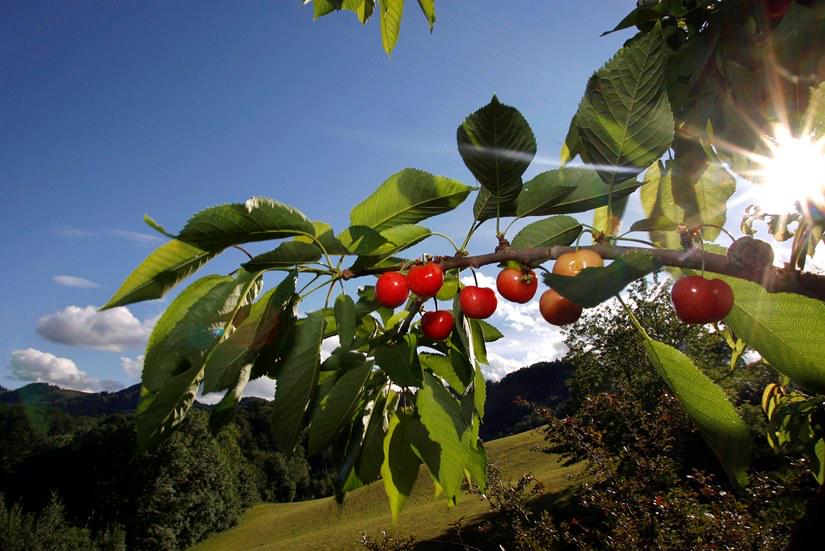

Visitors to Slovenia frequently remark on the country’s diversity. The Brda region, between the Julian Alps and the Adriatic, is among the most unique corners of Slovenia and, in recent times, one of the most widely talked about. A quick glimpse reveals why this part of the country, surrounded on three sides by Italy, has captured the hearts of thousands: its bucolic landscape consists of vineyard-covered hills, fruit trees, and forests, all of which have shaped the local culture for ages.
The sheer variety of vegetation is a part of the region’s visual appeal. The northern fringes of Brda are rich in chestnut trees, while the south-facing slopes, which are less impacted by strong Bora winds, are covered in vineyards.
For years, the local wineries lived in the shadow of their counterparts across the border in Italy. But in recent years, the region has undergone a winemaking renaissance. Several winemakers have become household names and a few even export their wines. Even though the quantity of Brda wines remains limited, their quality is now renowned, and some are even featured on the wine lists of the world’s best restaurants. Several wineries are open to curious visitors and a few organize regular wine tastings.
In springtime, however, wine gives way to another local specialty: cherries. When the first truly warm weather of the year arrives in May, cherry sellers set up their roadside stands throughout Brda, while others travel across the country and even into neighboring Austria selling their famous cherries at farmers’ markets. At the height of the season, a Cherry Festival is held in Brda – the ultimate celebration of the area’s cherry-growing tradition.
Fruit is a mainstay of Brda all year long. Even in the late fall, when the trees lose their leaves, persimmons trees are decorated with their reddish fruits, as if practicing for Christmas. And Brda’s olive groves are among the most northerly in the world; the local climate gives Brda olive oil a particularly intense taste.
All through the year, many come to Brda for the local gastronomy. Several restaurants have established national reputations. They often combine local traditions and homegrown ingredients with the Italian knack for fine dining. Many of the restaurants are honored the ultimate compliment: parking lots full of cars full with Italian license plates. Several dining establishments are even listed in Italian food guides.
Those interested in architecture also have plenty to see. Mediterranean villages are a big draw, as is Dobrovo Castle, an imposing 17th century structure that now houses a well-known restaurant. Several villages have interesting, frescoed churches, while the renovated village of Šmartno is well-known for its traditional architecture. Various cultural events are held in its stone buildings, and a small exhibition gives visitors a chance to see what a typical Brda home looked like several generations ago.
Because of its diverse but always scenic landscape, the Brda region has acquired a nickname that hints at its tourist potential -- it is frequently referred as Slovenia’s Tuscany.

































































